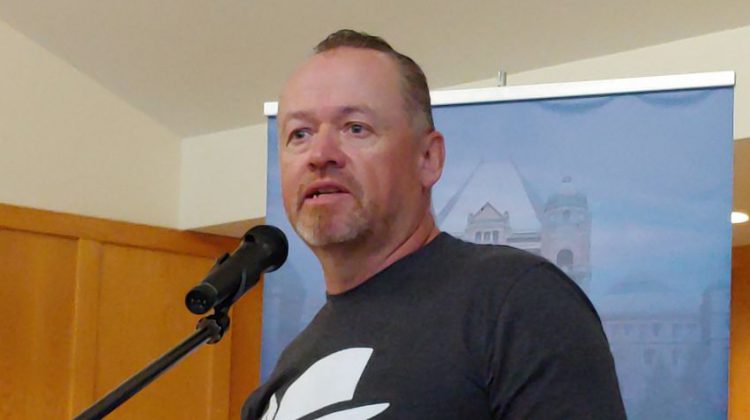Shock then frustration.
That sums up the reaction of Scott McLeod, Chief of Nipissing First Nation, to the recent discovery of the remains of 215 children at a former residential school in Kamloops, BC.
“At times this country can be so complacent with these types of discoveries, just because we learned about residential schools and the dark history, it doesn’t make it ok. We should still be outraged at every incident and findings as a result of the horrific history of residential schools,” he says.
McLeod says this is a stark reminder that systemic racism is alive and well in our country.
“If there were bodies found in a non-Indigenous school I think there would be more action, I think there would be coroners and investigations to get to the bottom of it,” McLeod says.
He also says while he knows flag lowerings and teddy bears on porches are sincere gestures and raise awareness, more needs to be done.
McLeod would welcome an inquiry into the deaths of the 215 children.
“Each of them has a story that they deserve and have the right for that story to be told and get to the bottom of how these atrocities happened, was it murder? Was it neglect?” he asks.
McLeod says it’s not a coincidence that they are unmarked graves.
‘They are unmarked because they didn’t want people to know about it. We have to reveal the history and we have to look at it in the face and find ways to move forward. Until that happens the communities won’t heal and this country can’t move on,” he adds.
McLeod says this has sent shockwaves through his community and every other First Nation community across the country.
“These events are triggers to intergenerational trauma that cause a lot of pain and anguish, and in some cases relapsing of addictions, people are just retraumatized every time this happens,” McLeod says. “It’s a real setback for First Nation communities.”



